
The 2021 National Conference was a milestone event; it marked the 20th National Conference hosted by the Construction Users Roundtable (CURT). This year it looked different because it was hosted virtually, but most aspects stayed the same; 500+ professionals, representing the construction owner community, contractors, architects, engineers, academics, and industry media, gathered to learn from leading experts and each other on the topics of safety, leadership, project excellence, and maintaining a competitive edge.
As Greg Sizemore, CURT’s Executive Vice President noted from the command studio on the very first day, “We may not be together, but we all have a willingness to engage, network, discover new practices, ask questions, provide feedback, and – in the end – connect. This event still offers all of these opportunities.”
All of the presentations were designed to touch on the theme for this year’s event, Owner Agility and Owner Opportunities: Thriving in the New Normal. Construction leaders, as well as presenters from outside of the industry, covered everything from the COVID-19 pandemic, to how the role of traditional media is changing, to the rewards that can be reaped when employees are encouraged to fail.
As Sizemore noted when he kicked things off, “In chaos and crisis comes opportunity and creativity.”
Let’s take a look at the “can’t miss moments” from a few of the keynote speakers. And – before you continue – please mark your calendar for February 2022, when we will gather in Orlando, Florida, for next year’s event.
For registered attendees and CURT Members, conference recordings will be available soon! Watch your inbox for instructions on how to access the files. If you don’t already receive CURT emails, please email construction-users@curt.org to be added
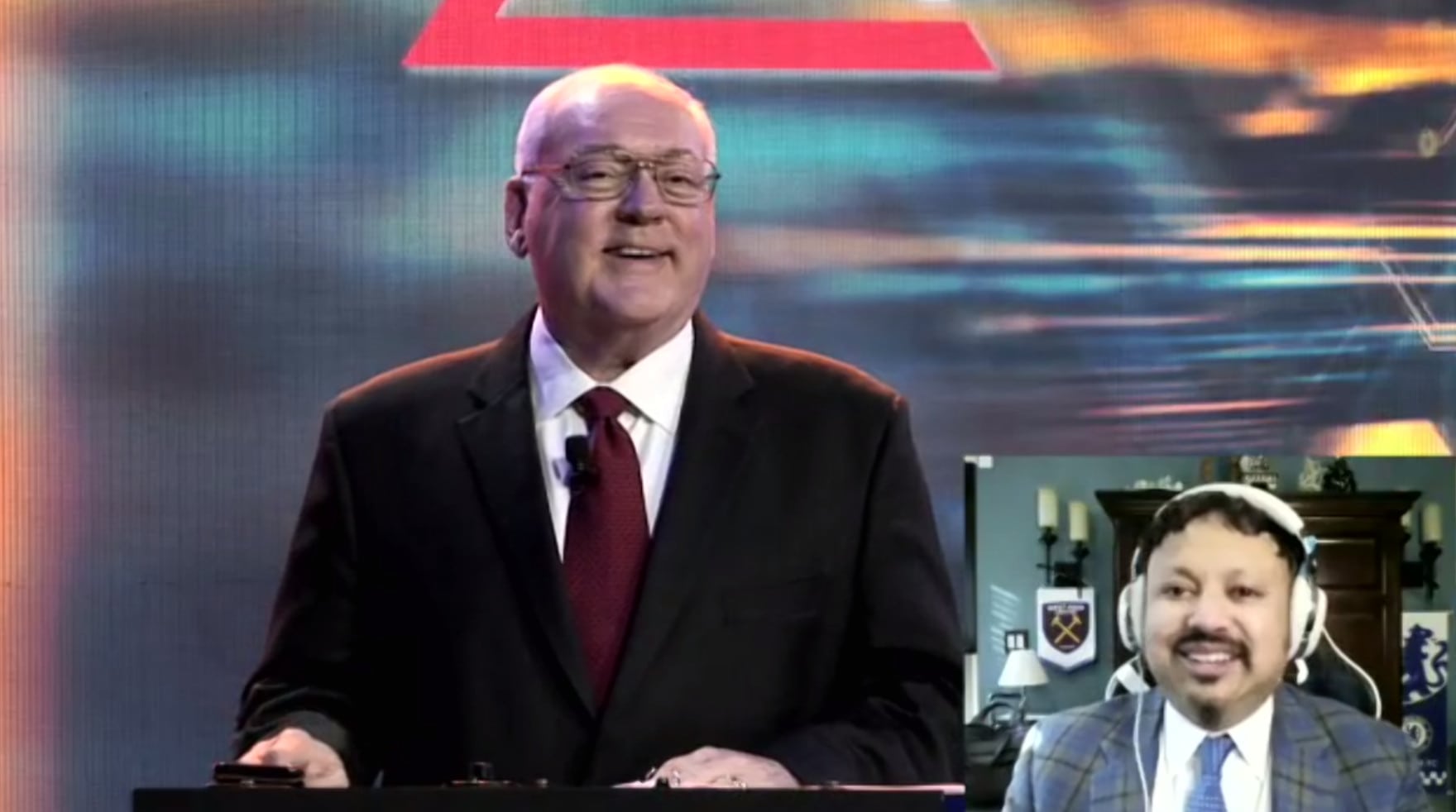 .
.
Anirban Basu, CEO, Sage Policy Group
Each year CURT invites Anirban Basu – a crowd favorite – to the main stage to speak about economics. This year he joined from his office in Baltimore, Maryland, and covered everything from the pandemic to the influence of politics, to the collapsed tourism industry, and tied everything back to how these factors will impact non-residential construction.
Of interest, Basu pointed out that while one might think the pandemic would create a situation where it would now be easier to find skilled construction workers, that doesn’t seem to actually be the case. He referenced the last Great Recession in 2008, when workers who were laid off left the industry altogether, which wasn’t offset by new entries to the industry. He expects the layoffs in 2020 to have the same impact and implored listeners to work harder at showcasing the industry as a great place to build a career.
“We need more young people in this industry,” he said. “You might have a person struggling to learn Greek Philosophy at this very moment, who could be the best contractor in the world; he or she just doesn’t know it. It’s up to you to spread the word.”
So, what does Basu see in his crystal ball when he looks to the back half of 2021 and into 2022?
For starters, he noted that consumers are holding onto their money – partly because there are fewer options when it comes to how they can spend it. Right now there is demand, but not always the supply (think about how hard it is to find workout equipment for your home gym or book a vacation, especially outside of the United States). However, once supplies are bolstered and restrictions lifted, and with the additional forthcoming stimulus in most peoples’ pockets, Basu says, “The result will be a spectacular back half of 2021 for economic growth.”
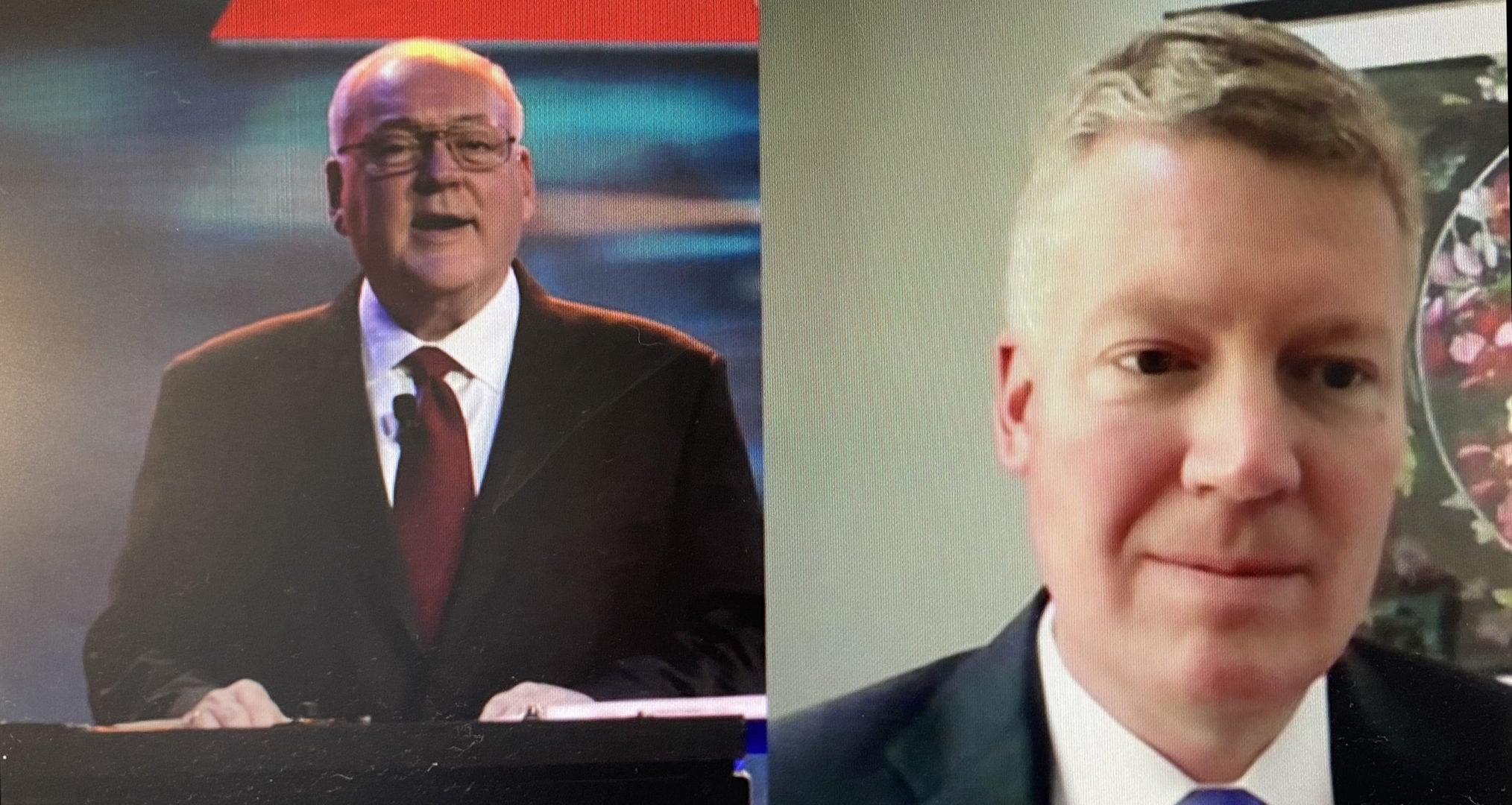
CII-CURT Joint Venture Fireside Chat
Last fall, the Construction Industry Institute (CII) and CURT began a conversation about taking their informal relationship to the next level by creating an official Alliance. During this session, Greg Sizemore and Dr. Stephen Mulva, Director, CII, at the University of Austin, shared how this Alliance will tangibly benefit each organization’s members and the wider industry.
“Both of our organizations have a strong history of leadership across our sectors,” explained Sizemore. “CII is known globally for its quality research and CURT is well-known for representing the owner while also bringing all sectors into the conversation. Together we’ll be unstoppable.”
Sizemore says that the goal of the Alliance will be to examine several questions, including how members can do more with less, what can be done differently, how greater value can be created, and how both organizations can make a big impact.
“CII and CURT members want to improve return on investment, as does the wider industry,” Dr. Mulva said. “We want to create a very efficient business model and drive out waste – which is actually a part of Operating System 2.0 (OS2) and PrairieDog Ventures.” The next issue of The VOICE will include an update on OS2. Look for it in May!
He noted, “By bringing together a big cohort of members, we can achieve great things. By working together and leveraging all of our skills and resources, we have the opportunity to build something really great that will create a lasting legacy for generations to come.”
While CII and CURT will act as the hub of this new Alliance, many other great associations are part of the venture, including global affiliates, Local User Councils (LUCs), NCCER, and the Engineering and Construction Contracting Association.
Several task forces have been asked to be as creative as possible, and not worry about limitations, but to focus on every single possibility, no matter what that might be.
Sizemore added that everyone is invited to the table so if you’re excited about what’s possible, get in touch with either the CII or CURT office.
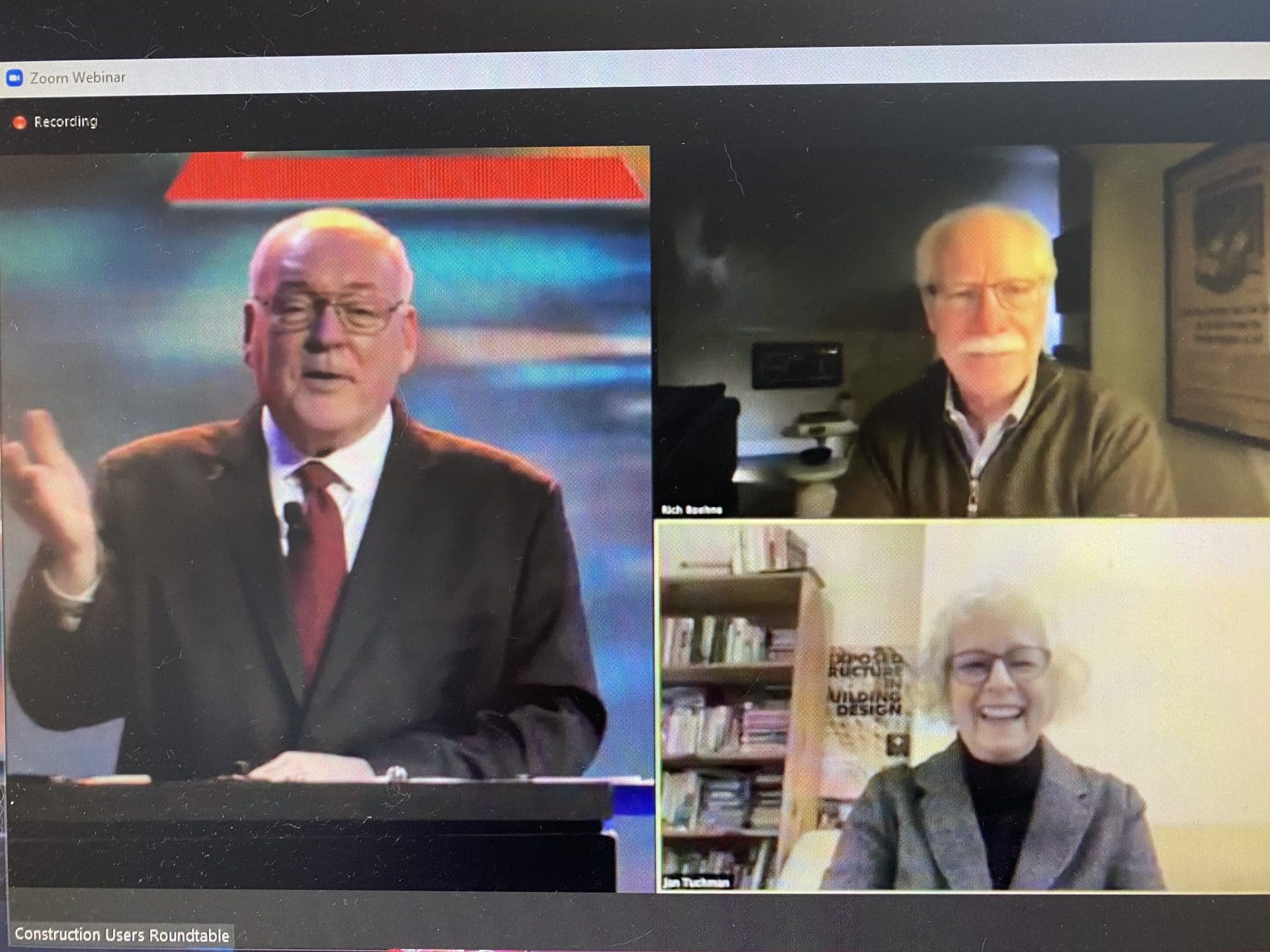
CURT Connects, Featuring Jan Tuchman, Editor in Chief for Engineering News-Record, and Rich Boehne, Chairman of the Board for E.W. Scripps Company
If you’re familiar with CURT then you’re familiar with their CURT Connect events, which provide the opportunity to learn from subject matter experts from many different industries (there are three coming up in March – sign up to stay informed about dates and topics by emailing construction-users@curt.org!).
This CURT Connect event featured two well-known media representatives who spoke on everything from free speech, to how different generations access news, to the influence of real-time social media on culture and opinions.
“I would say we’re in a period of accelerated change,” said Jan Tuchman, Editor in Chief for Engineering News-Record. “There is lots of noise – magazines, websites, social media, e-newsletters; there are so many ways to get a message out. I still believe there is a space for the curated story as people are looking for someone to bring order to this noise. ENR has online content, social media channels, and STILL, we have a print magazine.”
Rich Boehne, Chairman of the Board for E.W. Scripps Company agreed that there is a lot of chaos in the media. “We work in an industry that is in the midst of a dramatic season on change. If you think back to a few years ago, we were predictable, controlled – but the digital world exploded and now we see a huge fragmentation. Everything is now in the hands of users and audiences.”
Everything is also available faster; by the minute, by the second, even live as it happens. “ENR used to be a weekly news provider, now we’re covering content as it’s happening on whatever platform our audience wants to consume it with,” said Tuchman. “We have to be ready to deliver in the format our audience wants and when the new thing comes along, we’ll have to deliver the news on that format too.”
“Consumers are empowered,” added Boehne. “Everyone can have a chance to be heard; it’s a little like the Wild Wild West, but free speech is freer than any other time in history.”
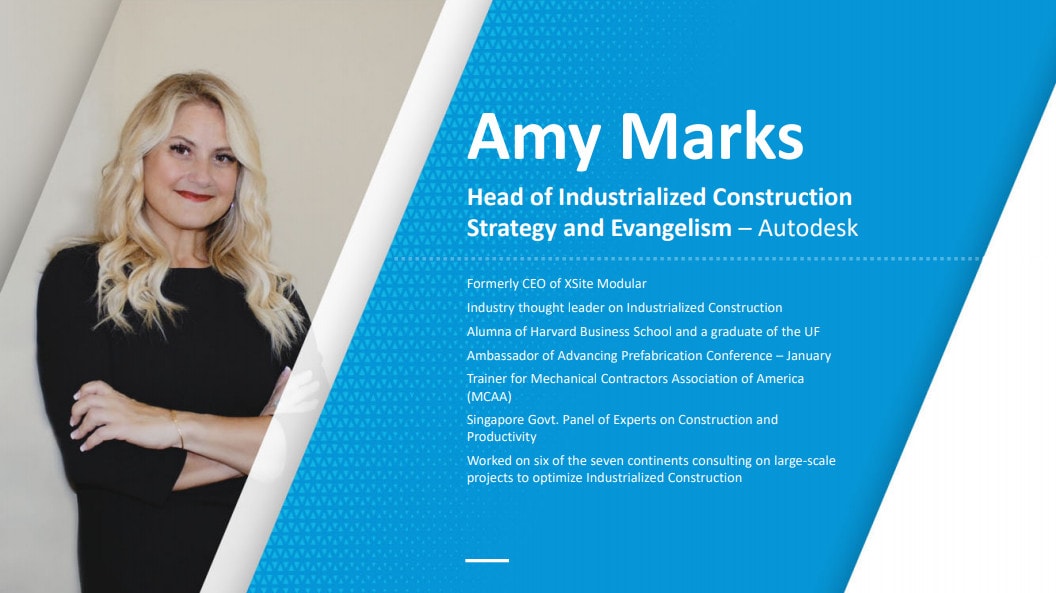
Industrialized Construction, The Owners’ Playbook and Driving for Certainty, by Amy Marks, Head of Industrialized Construction Strategy, Autodesk
Amy Marks, Head of Industrialized Construction Strategy for Autodesk, started her presentation by noting that, “Our world is converging. There is industry convergence, process convergence, technology convergence, and even job function convergence.” She asked, “What does this mean to us as owners, and what does this mean to the supply chain that supports our projects?”
Marks believes that while the industry collects a lot of data, it doesn’t get used to its maximum potential or, worse yet, it lives in peoples’ heads and isn’t being transferred to the next generation. But she believes the industry can overcome this if it can beat its language problem. “As an industry, it seems like we’re always speaking different languages and using the wrong terms.” This includes concepts like lean, pre-fabrication, and DfMA.
Marks says that owners need to take control and have a vision for what’s possible, and if they’re not already in the pre-fab game, they should be looking at how to sign up. “There is so much value up for grabs; general contractors are fabbing, architects are fabbing, and even some owners are fabbing. What’s more, owners need to take a look at the hospital they’re building to see what aspects they can re-use on the next hospital they build; you have to believe in the power of reusability. It won’t mean every building will look the same, but it will benefit your budgets, your timelines, your productivity, and your project’s level of waste.”
“All of this transformation, this new way of designing and building – it all has to start with the owner,” Marks concluded.
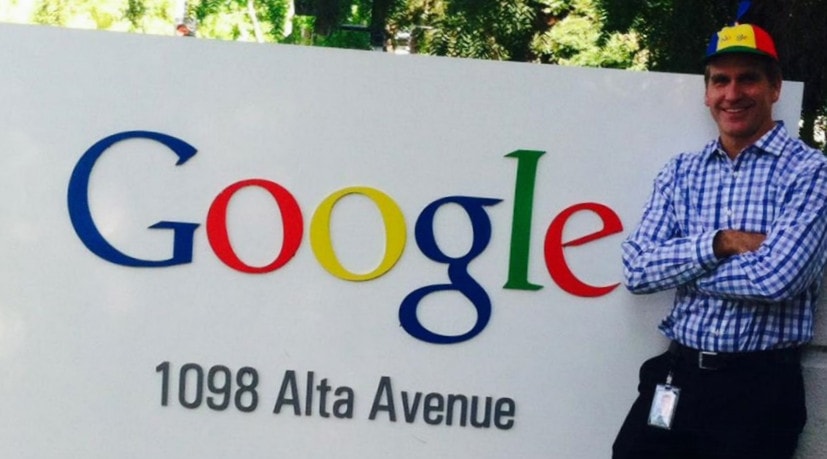
Taking Advantage of Turbulent Times: Opportunities to Change Before You Have To, by Kirk Perry, President of Global Client & Agency Solutions, Google Inc.
Kirk Perry, Google Inc., asked the audience what would happen if we could wind back the clock. “Knowing then what I know now, what would I have changed?”
Perry referenced famous NHL hockey player Wayne Gretzky, who said someone bigger or faster was bound to come along, but that if he skated to where the puck was going to be, not to where it was, he would always be one step ahead.
“This rings true for us at Google; we’re always trying to figure out what the next thing will be, what’s coming around the corner, and what is going to be disruptive,” Perry said to the audience, which gathered virtually from across North America and around the world.
“If you aren’t thinking about what’s coming, it’s going to run you over,” he added, noting that for construction, “the sector is ripe for disruption and you have to ask yourself, do you want your business disrupted by someone from the outside, or from your own industry?”
One of the most poignant pieces of advice Perry had for the audience was to allow – and even encourage – employees to fail. “At Google, we are constantly failing, but we’re failing fast and we’re failing cheap. And we’re just going to keep on trying and keep on failing until eventually, we hit something that sticks. A company culture that embraces this attitude is successful and if you enable your people to take risks and try new things, then they (and the company) are more likely to succeed.”
Perry ended his time by adding that at Google, “We think about how to transform the world. Many of the ideas and innovations we come up with don’t see the light of day, but the ones that do will change the world.”
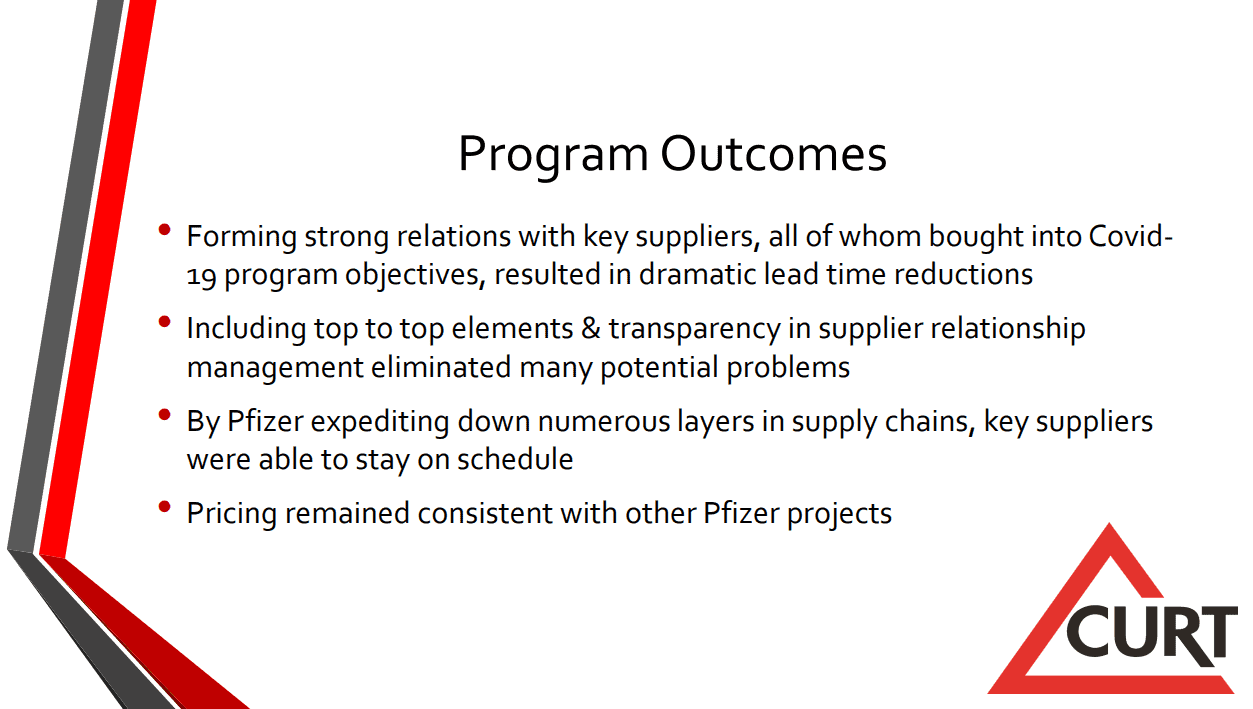
Bye, Bye, Bye Three Bids and a Buy, by Owen Brooks, Dir. Global Procurement Capital MRO & Assets, Pfizer Inc., and Luke Kimmel, Managing Engineer Global Process & Equipment, Pfizer Inc.
In February 2020, the United States had its first death related to the COVID-19 virus. The number quickly rose to the tens of thousands, then hundreds of thousands, and now globally, that number is over two million.
Owen Brooks and Luke Kimmel, both from Pfizer, spent their time presenting at the CURT National Conference speaking about the challenges met – and overcome – as the pharmaceutical company raced to find, gain approval for, and manufacture a vaccine that would protect the world from the virus.
“It was by far the most challenging set of circumstances one could find themselves in,” said Brooks. “Yet, I felt blessed and proud to be part of the solution. The amount of collaboration within Pfizer and our supplier companies was staggering.”
One of the most important commitments Pfizer made was that in the race to release a COVID-19 vaccination, that all of their other medicines would not take a back seat. “We weren’t about to forget our other patients,” said Kimmel. “We had to continue to safely manufacture our other products on time as usual. What we were doing with the COVID-19 vaccine was on top of everything else we were already committed to.”
Several elements went into delivering an approved vaccination to the world in less than 12 months. This included a global-fast track approach where top-level leaders from Pfizer and suppliers communicated directly whenever a roadblock presented itself; teams were empowered to make key decisions to move forward; and key suppliers, who understood the challenge and wanted to be a part of the solution, were identified.
Brooks said this last element was crucial. “We asked our suppliers to allow us to work within their supply chains, which we hadn’t done before. They were feeling the effects of COVID too, just like the rest of the world, and they wanted to be a part of the miracle we were working to pull off.”
Kimmel added that “What we have found is that the further the supply chain goes down, the fewer people know what they’re manufacturing for. But when you open that up and help them understand, the perspective and the stance of the suppliers change quickly. Everyone wants to be part of something good. We pulled them into the story and encouraged them to take ownership of the amazing efforts being made. We let every single level understand what they were doing and why they were important to the process, and because of this, the results were amazing.”
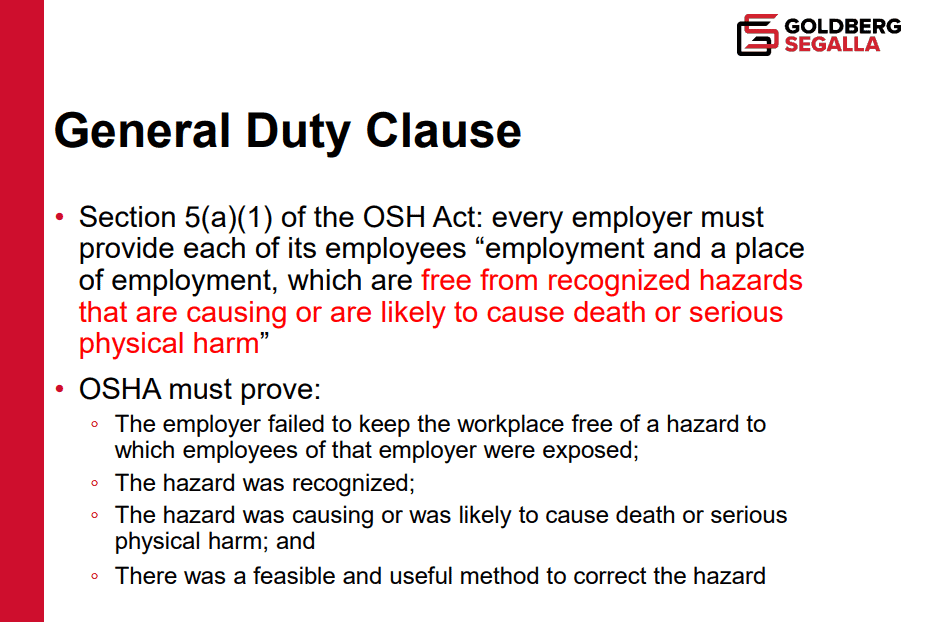
COVID-19’s Impact: An Update on OSHA, by Michael Rubin, Partner, Goldberg Segalla
While the Occupational Safety and Health Administration (OSHA) provided guidance only at the onset of the COVID-19 pandemic, enforcement is ramping up. As of December 2020, there have been over 250 inspections and $3.4 million has been cited in proposed penalties.
On January 29, 2021, OSHA issued new guidance related to COVID-19. Michael Rubin, Partner at Golberg Segalla, explained to virtual attendees that one of the most important things a company can do right now is to make sure their COVID-19 related safety procedures are written down. “You must create a written COVID-19 prevention program; you could be doing everything right, but if you don’t have the evidence of that written down, you could be liable.”
Rubin explained that OSHA inspections are focusing on several key areas, including:
- If there is a written pandemic plan;
- Social distancing protocols;
- Person hygiene (including hand hygiene stations);
- Identification of high touch surfaces;
- Cleaning and disinfecting procedures – what’s your schedule, keep your receipts;
- Use of EPA-registered disinfectants;
- Employee access to Safety Data Sheets – you have to have these for your disinfectant products;
- PPE – are there adequate supplies, proper care/maintenance – invoices for shipments, payments; and
- Signage – restrictions, warnings, the path of travel, social distancing/mask reminders.
“The onus is on the employer to show/prove that the company is doing everything it can to protect employees and documentation is the biggest part of this. Put it in writing. Training, toolbox talks, e-mail communication, meetings that have been held – take notes and keep records.”
OSHA and the Centre for Disease Control both support a written exposure control plan and while it’s not mandatory yet, it could be soon. “I suggest if you haven’t already put your plan on paper, you do it immediately,” Rubin added. “Make sure there is no ambiguity, that roles and responsibilities are outlined, show how you’re cleaning, what you’re cleaning with when you’re cleaning, site-specific challenges and how they’re being managed, and what managers, supervisors, and employees are responsible for. This is the best way to protect your company.”
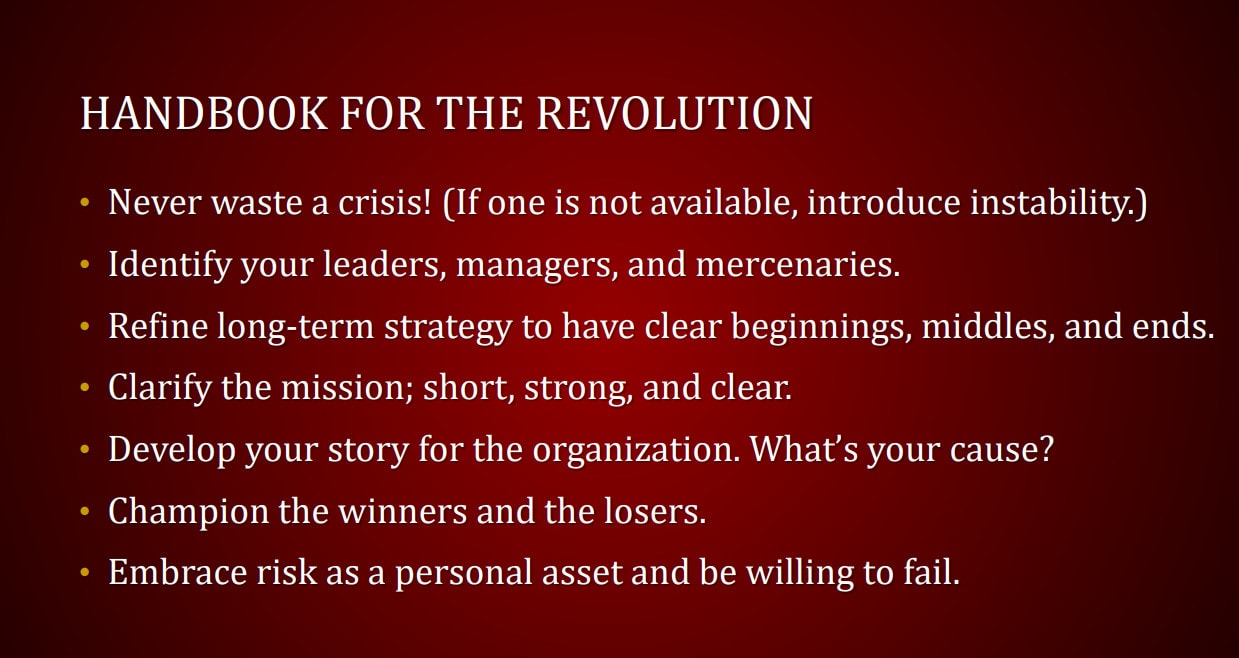
Handbook for the Revolution, by Rich Boehne, Chairman of the Board, E.W. Scripps Company
The final keynote speaker at the CURT National Conference closed the event with an inspirational conversation about leadership. Rich Boehne, who was one of the people responsible for creating mega hit networks HGTV and The Food Network, was honest in the fact that he struggled as a student and was kicked out of universities time and again.
Boehne urged attendees to give their own children grace to make mistakes and even fail, knowing that he himself is a great comeback story. He proved his point noting that his son dropped out of school at the age of 16, and is now an outstanding high school teacher, author of children’s books, and is a talented artist.
In his 20s, Boehne enrolled at Northern Kentucky University, signing an academic agreement before they let him in, which outlined that this was his last chance. He brought up his GPA from a 0.86 average to 2.6, graduated, and started working as a reporter that very night. He has interviewed presidents and murderers and covered everything from politics to stock markets.
Boehne told attendees that companies like Scripps, which support entrepreneurs, will usually succeed. “Most companies say they support entrepreneurs, but very few do. At Scripps we truly support the opportunity for voices to be heard; if we give light, people will find their way.”
One key Boehne credits his success to is knowing his limitations and understanding where he is strong and where he is not. “I am really good when things are moving and transitioning, but I am terrible when things are steady. I know this is my limitation and so I surround myself with people who are nothing like me. It’s important for good leaders to truly understand their strengths and weaknesses.”
Boehne’s advice, never waste a crisis, is timely given the challenges most businesses are currently dealing with. He said, “I truly believe that a good crisis makes people uncomfortable but gives people the opportunity to improve. A crisis will help you identify your leaders, managers, and mercenaries. You need to grow your leaders and managers. As for your mercenaries, I am an advocate for getting rid of them. Your company doesn’t matter to them; they are only in it for themselves. Why not replace them with people who have a sense of purpose, who believe in what your company is doing, and who will benefit your company versus simply existing within it?”
As for his advice to the construction industry, like others during the three-day event, Boehne noted that he believes the construction industry is ripe for change from the outside. “Disruptors are circling your industry right now. They are going to come in and change the way you’re doing business. They’re watching, waiting, and wanting to steal your breakfast. You need to get to them first and use them to your advantage. Hire them, and zone in on their ideas and creativity.”
Connect with CURT to stay up to date on everything construction-related. Link up with us on Facebook and LinkedIn for more great content that will help you lead your team and succeed in your position.
CURT’S MISSION IS TO CREATE A COMPETITIVE ADVANTAGE FOR CONSTRUCTION USERS. CURT ACCOMPLISHES THIS MULTIFACETED OBJECTIVE BY PROVIDING AGGRESSIVE LEADERSHIP ON THOSE BUSINESS ISSUES THAT PROMOTE EXCELLENCE IN THE CREATION OF CAPITAL ASSETS.
